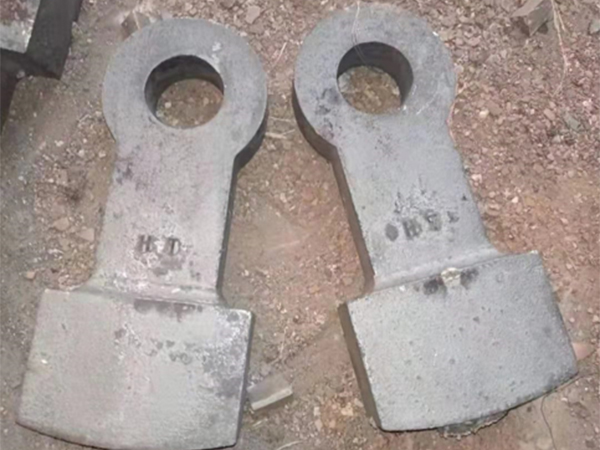The Rise of 3D Printing in Sand Revolutionizing Construction and Art
In recent years, 3D printing technology has evolved significantly, finding applications across various industries, including healthcare, aerospace, and automotive. One of the most intriguing developments is the utilization of sand in 3D printing, a technique that is reshaping both construction and artistic expression. This innovative approach has the potential to alter traditional building methods, reduce waste, and enable the creation of intricate designs that were once thought impossible.
Understanding 3D Printing with Sand
3D printing with sand primarily involves two main processes binder jetting and selective laser sintering (SLS). In binder jetting, a liquid binder is selectively applied to layers of sand to create a solid structure. This method allows for rapid prototyping and the ability to produce complex geometries without the need for molds. On the other hand, SLS uses a laser to fuse sand particles together, creating a sturdy object layer by layer. Both processes offer unique benefits, such as the ability to recycle sand and produce detailed prints with minimal material usage.
Advantages for Construction
The construction industry has been undergoing a transformation, with 3D printing emerging as a promising solution to many of its pressing challenges. Traditional building methods can be time-consuming, labor-intensive, and generate significant waste. In contrast, 3D printing with sand can streamline the construction process, resulting in faster project completion times and reduced costs.
One significant advantage is the precision that 3D printing offers. Buildings can be designed with complex shapes and customized features that are difficult, if not impossible, to achieve using conventional methods. This capability not only enhances aesthetic appeal but also allows for better energy efficiency through improved insulation and design optimization.
Moreover, the use of locally sourced sand reduces the transportation costs and environmental impact associated with construction materials. With many regions rich in sand resources, this approach provides an opportunity for sustainable development, especially in areas where traditional construction materials may be scarce or expensive.
3d printing sand

The Artistic Applications of Sand 3D Printing
Beyond construction, sand 3D printing is also making waves in the world of art and design. Artists and designers are exploring this technology to create stunning sculptures, intricate patterns, and unique installations. The ability to manipulate sand at a granular level opens up a world of possibilities for creative expression.
One notable example includes the creation of large-scale art pieces that incorporate both natural and artificial elements. Artists can use sand 3D printing to blend organic forms with modern design, resulting in pieces that challenge conventional boundaries. Additionally, artists are experimenting with different types of sand, pigments, and binders to achieve various textures and colors, allowing for an expansive range of artistic potential.
Challenges and Future Directions
Despite its numerous advantages, 3D printing with sand does face certain challenges. The technology is still in its early stages, and many builders and artists are unfamiliar with the processes and potential applications. Additionally, questions regarding structural integrity and durability persist, especially when compared to traditional materials. Ongoing research and technological advancements are essential to address these issues and improve the reliability of sand-printed structures.
Moreover, the environmental impact of the binders used in some 3D printing processes needs careful consideration. Innovators in the field are focused on developing more eco-friendly alternatives that can maintain the performance of traditional binders while reducing their environmental footprint.
Conclusion
3D printing in sand is emerging as a transformative technology with the potential to revolutionize both construction and the art world. By offering enhanced efficiency, sustainability, and creativity, it paves the way for new architectural possibilities and artistic explorations. As the industry continues to grow and adapt, the integration of sand 3D printing into mainstream practices appears to be not just feasible but inevitable. The future of building and artistic expression is set to be redefined, and sand may just be the medium that carries it forward.
Post time:ඔක්. . 11, 2024 16:47
Next:golden sands concrete
